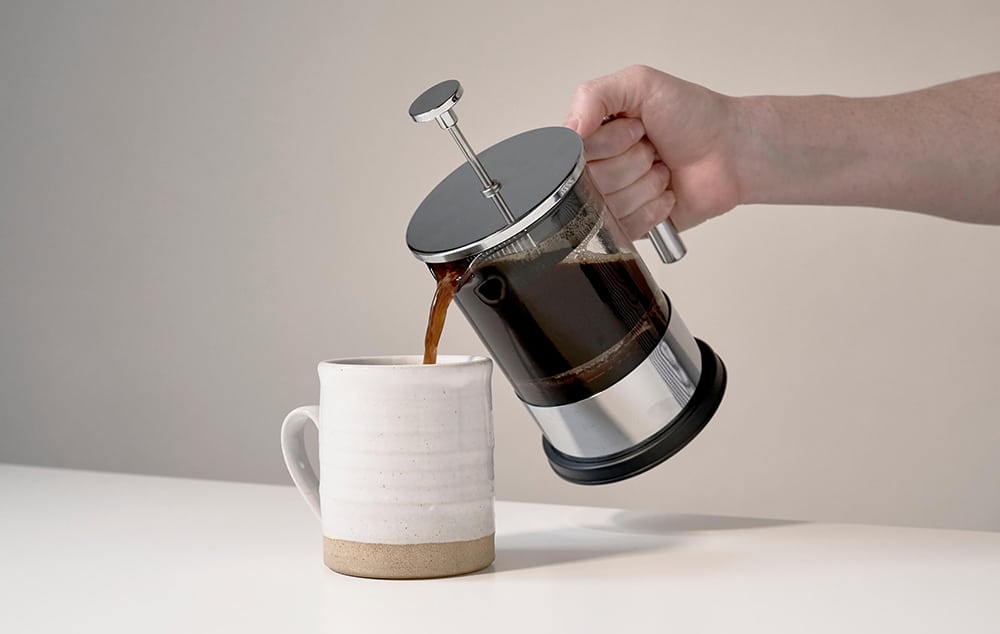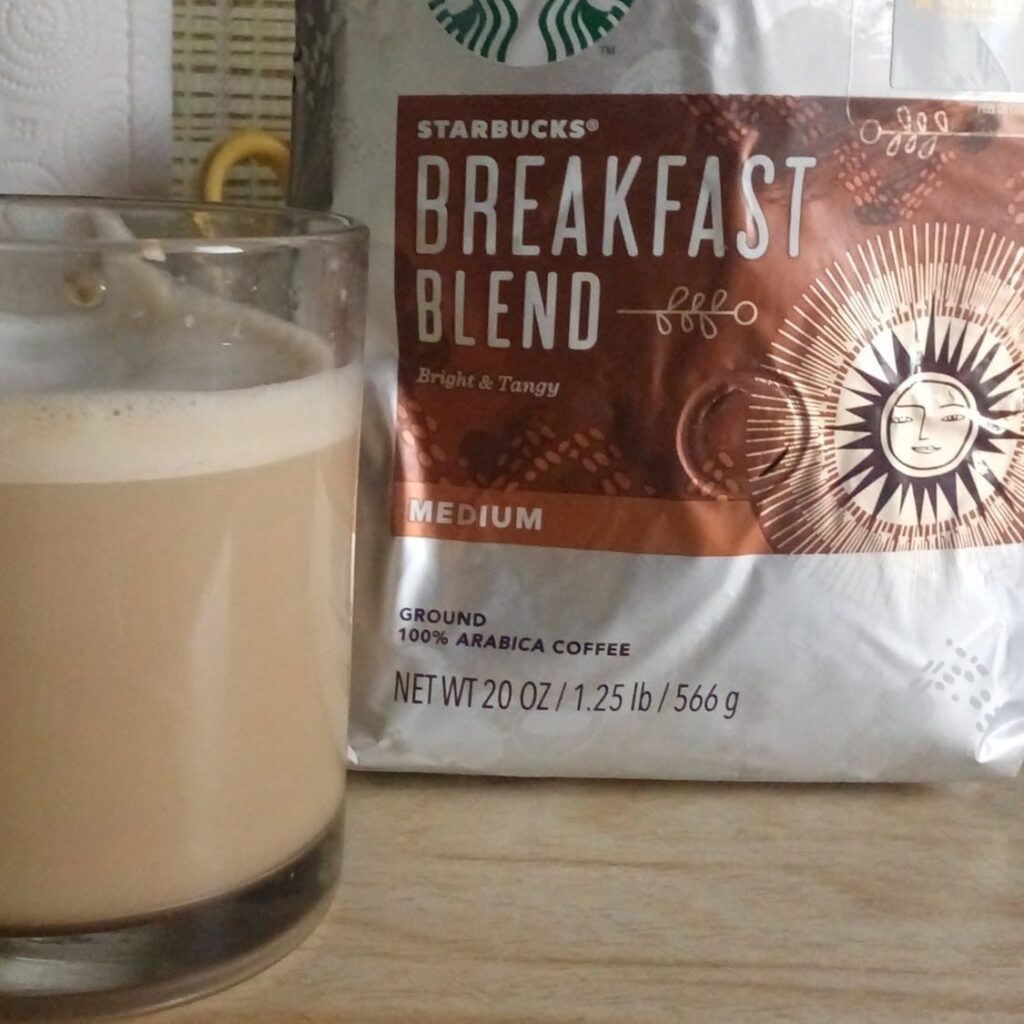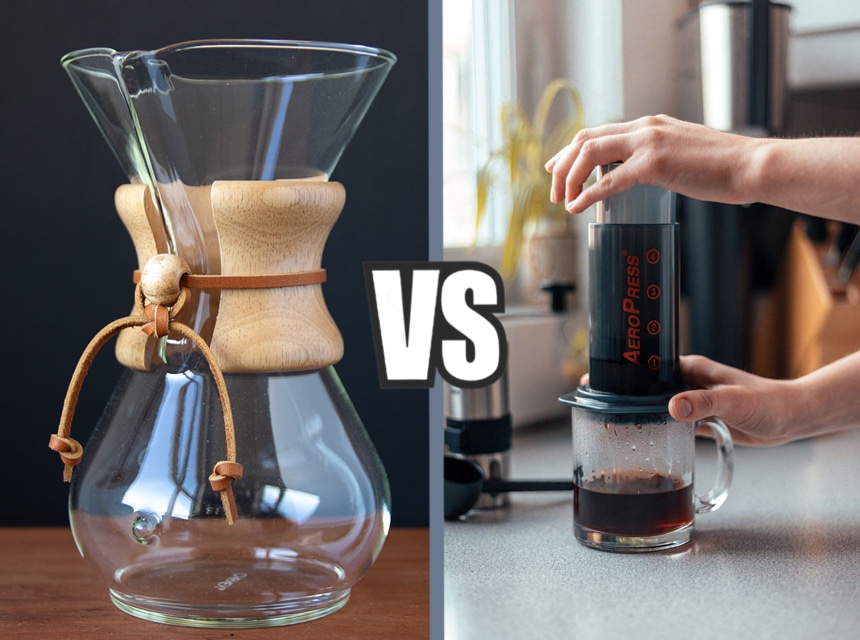

Statistics by the National Coffee Association show that 62% of Americans are daily coffee drinkers. Additionally, most people use coffee as a breakfast beverage. This is understandable as, according to Caffeine and Sleep, the caffeine in coffee has multiple negative consequences on your sleep patterns. It’s, therefore, better to give your body enough time to eliminate the caffeine before bedtime. Since breakfast is a meal, coffee is usually paired with some type of food. That said, most people are unwilling to deviate from their usual pairing of coffee and a croissant. However, with the coffee pairings included below, you can be adventurous, and you’ll find you enjoy both the beverage and the food a lot more.
Coffee from East Africa, namely, Kenya, Uganda, or Ethiopia, is renowned for its berry undertones, and matching it with actual berries, whether strawberries or raspberries bring these flavors to the front. However, blueberries are different since they feature entirely different flavors compared to the others. They still work well with richer body coffees like those from Yemen.
Despite being an East African product, Tanzanian coffee is a bit different from other coffee berries produced in the region since it has stone fruit undertones. This is a feature it shares with Haitian coffee. Ultimately, this means one of the best coffee flavor pairings is Tanzanian/Haitian coffee with some stone fruits like peaches or apricots.
Chocolate is quite the versatile food pairing with coffee, and it all depends on the type of chocolate you’re eating. Since the chocolate flavors vary widely according to the type, they should also be paired with different coffees that either match their flavor profile or offer complimentary tastes.
Milk chocolate, for instance, seems to bring out the fruity flavors of coffee even more. As such, our coffee food pairing chart matches milk chocolate with fruity options like Colombian, Kenyan, and Ethiopian coffee. It might also match well with Kona coffee that includes milk as one of its flavor profiles.
Dark chocolate seems to work well with big-bodied, caramel-flavored Brazilian coffee, although it may also work with dark roasted Indonesian coffee as well. Instead of the intense flavors clashing, they seem to work harmoniously when paired together. Lastly, white chocolate works with Yemeni and Colombian coffees. Ideally, they should be lightly roasted so you can experience the fullness of the flavor profile.
According to reviewers, one of the best ways to experience the coffee and chocolate pairing is through the Dilettante Store chocolate-covered espresso bean treats jar. Notably, this jar of espresso candies incorporates the three types of chocolate mentioned above.
Some of the best coffee and pastry pairings incorporate cakes. Just like with chocolate, the sweet taste of the cake tends to go well with the harsh flavor of the coffee. Chocolate cakes, for instance, can give the same pairing experience as using plain chocolate. Other alternatives that go well with the beverage include coffee and caramel cakes. You can pair caramel cakes with syrupy coffees since the two flavor profiles are fairly similar and complement each other. Using the same coffee ingredients in your cake and beverage also works amazingly well.
Bread, like cakes, comes in several different variations, and most of them are pairable with coffee, although the experience will vary. The idea is to find a pairing that works. Sweetbread, for instance, works well with Colombian, Kona, and Costa Rican coffees. Spelt bread pairs well with coffee that has earthy undertones, and finally, whole-grain bread complements the flavor tones in Brazilian, Peruvian, and Colombian coffees.
For those who enjoy bitter-sweet flavors, tarts can be used to form impressive coffee and dessert pairings. When taken with dark-roasted coffees, the distinct flavors in the coffee and tarts make each other pop. This pairing also makes sense since fruits and berries are a significant part of making tarts.
You might have come across some scone recipes that incorporate the use of coffee, and this alone should tell you what a great pairing it is. That said, each scone will pair differently with the coffee, depending on the ingredients used. For instance, in the case of fruit scones, the coffee allows you to experience the fullness of the fruity flavors.
If you’re taking your coffee-to-go, you can pair it with a to-go snack in the form of muffins. They’re just as versatile as scones meaning you can experiment with many different types of muffin-coffee pairings. However, for starters, you can try chocolate chip muffins with a Brazilian dark roast.
A biscotti is a twice-baked Italian cookie. While it’s often served with sweet Italian dessert wine in its country of origin, it seems to also work with coffee as well. There are varied biscotti recipes, and these determine the flavors in the snack. Consequently, the type of coffee you pair it with will also vary. Asian and Pacific coffees, for instance, always seem to go down well with a savory Biscotti.
Coffee-based toppings are included in some of the waffle recipes available. As such, it’s no surprise that the beverage works just as well with Belgian waffles. Belgian waffles + creamy coffees, e.g., cappuccino, is a combination that melts in your mouth. However, you’re allowed to experiment with different coffee flavors to see if you can find a better combination.
As for mochi, it’s a Japanese dessert that you can try to make yourself at home. It’s also very versatile, as shown by the different flavorings. The fact that there is a coffee mochi option should serve to solidify just how well the pairing works. That said, it’s also possible to make a different mochi flavor and match it up with a coffee of your choice. Of course, your choice of mochi flavor may also help determine the coffee to pair it with.
Milk blends right into coffee which is why it’s one of the more popular additives. As a milk product, cheese should also pair easily with the caffeinated beverage. According to US Dairy, it also features good bacteria, rennet, and salt, therefore, giving it a savory profile.
There are even coffee recipes that require incorporating cheese into the beverage. That said, you can also take it as a separate component of your meal.
The cheese has a distinctly creamy texture that works with bolder coffee flavor profiles. As such, pairing cheese and even other dairy products like butter with dark-roasted coffee is recommended. Notably, users and reviewers recommend DEATH WISH COFFEE which comes dark roasted and has some of the most intense flavors in the market for such a pairing. It is made using premium Arabica and Robusta beans from around the world.
Just as with other pastries, there are so many ways to make a crepe resulting in different flavors. Some are chocolatey, some are fruity, while others are savory. With fruity crepes, you get the best flavors if you match them with East African coffees. As for the chocolatey variation, it will depend on the type of chocolate you used, but Colombian coffee seems to work especially well with most chocolate crepes.
Even some meat dishes mesh with the beverage. However, it has to be coffee and food pairing where both the meat and the beverage have intense flavors. A meat recipe like pineapple ham is one excellent example. You match it with a dark-roasted savory blend, and Papua New Guinea coffee, is one example. Other possible sources of such coffees include India, the Dominican Republic, Sumatra, Kenya, and more.
Surprisingly, coffee doesn’t have any problems meshing with ice cream despite the two having distinctly different flavor profiles. One is sweet, sugary, and creamy, while the other is bitter and harsh. This makes for an excellent afternoon pairing, although it’s better if the coffee is a cold brew, so it doesn’t melt the ice cream. Something similar, e.g., a coffee-flavored ice cream, is likely offered at your local ice cream parlor as well, so you might have an idea of how the pairing will taste.
Nutritionally, both coffee and eggs provide some benefits if taken as breakfast. They also mesh very well, especially when eggs are cooked into an omelet. It’s just another savory coffee pairing that works, especially if the beans are from Indonesian origins.
With a salty food coffee pairing, you get to experience the unique flavors of each with a new intensity, especially if you alternate the sips of the beverage with taking a bite from the food. This is because the salt and food flavor is starkly different from the coffee. Also, alternating the two flavor profiles prevents one from overpowering your senses.
A similar scenario plays out if you try pairing spicy foods with coffee. Suddenly, each bite and sip seems a little more flavorful than it usually is. In the case of hot spices, it could be because they increase blood flow on your tongue, therefore, allowing you to experience even the coffee undertones on a whole new level.
You don’t have to take your coffee beverage with the same accompaniment every day. Yeah, the coffee + croissant pairing works and is popular in coffee shops, but it doesn’t have to be the only one you try. There are multiple other coffee pairings that work. You might have to take a risk with some of them, but the risk is likely to pay off. Suddenly you’ll have a lot more options for how to take your caffeinated beverage.





